Companion Plants For Lettuce That Will Help Your Crop Thrive
Companion Planting for Lettuce: The Best Plants to Grow Together
Lettuce is a cool-season crop that is easy to grow and can be enjoyed in salads, sandwiches, and other dishes. But did you know that companion planting can help your lettuce crop thrive?
Companion planting is the practice of planting certain types of plants together for mutual benefit. Some plants can help to repel pests, attract beneficial insects, or improve the soil quality for other plants.
When it comes to lettuce, there are a number of companion plants that can help to improve its growth and yield. Here are a few of the best:
- Carrots: Carrots help to loosen the soil and improve drainage, which can benefit lettuce plants. They also release a substance that helps to repel aphids, a common pest of lettuce.

- Radishes: Radishes are another fast-growing crop that can be planted with lettuce. They help to break up the soil and aerate it, which can improve the drainage and nutrient availability for lettuce plants. Radishes also mature quickly, so you can harvest them and then plant lettuce in their place.
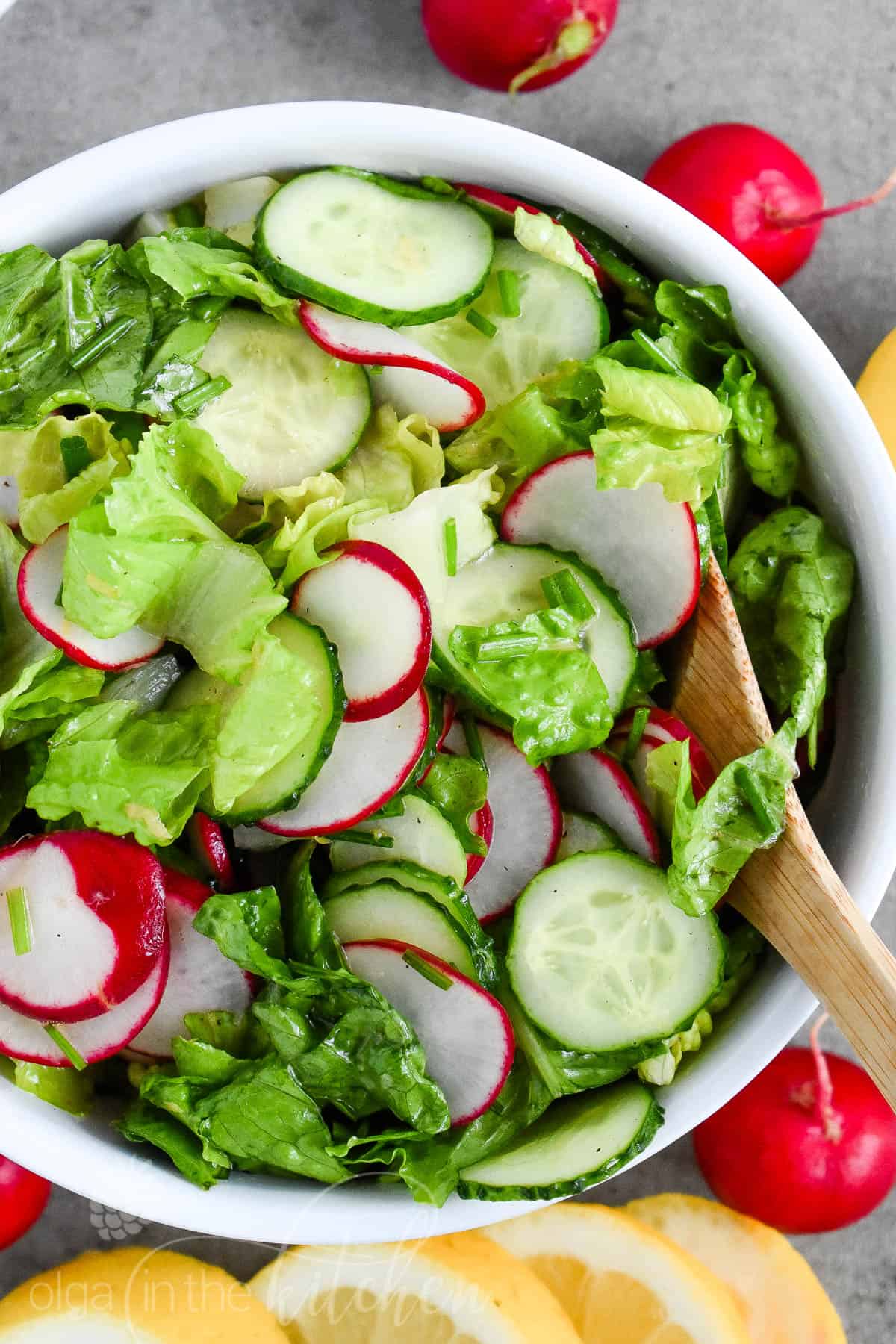
- Herbs: Many herbs, such as chives, dill, and mint, can help to repel pests and attract beneficial insects. They can also improve the flavor of lettuce.
- Marigolds: Marigolds are a popular companion plant for many vegetables, including lettuce. They help to repel nematodes, aphids, and other pests. They also release a substance that helps to improve the soil quality.

- Peas: Peas are a nitrogen-fixing plant, which means they can add nitrogen to the soil. This can benefit lettuce plants, which need nitrogen to grow properly. Peas also provide shade for lettuce plants in hot weather.
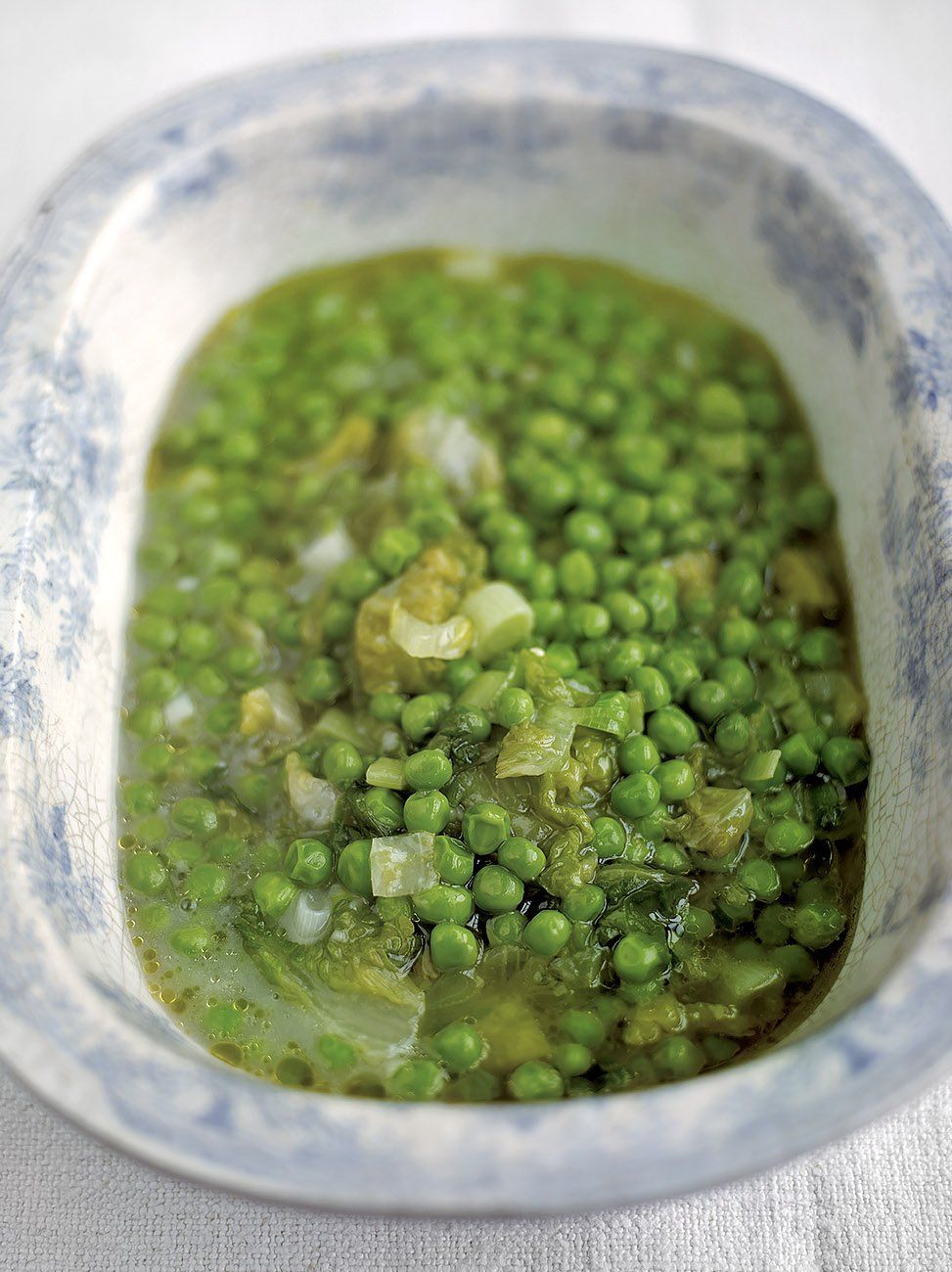
- Spinach: Spinach is another cool-season crop that can be planted with lettuce. It helps to suppress weeds and improve the soil quality. Spinach also matures quickly, so you can harvest it and then plant lettuce in its place.
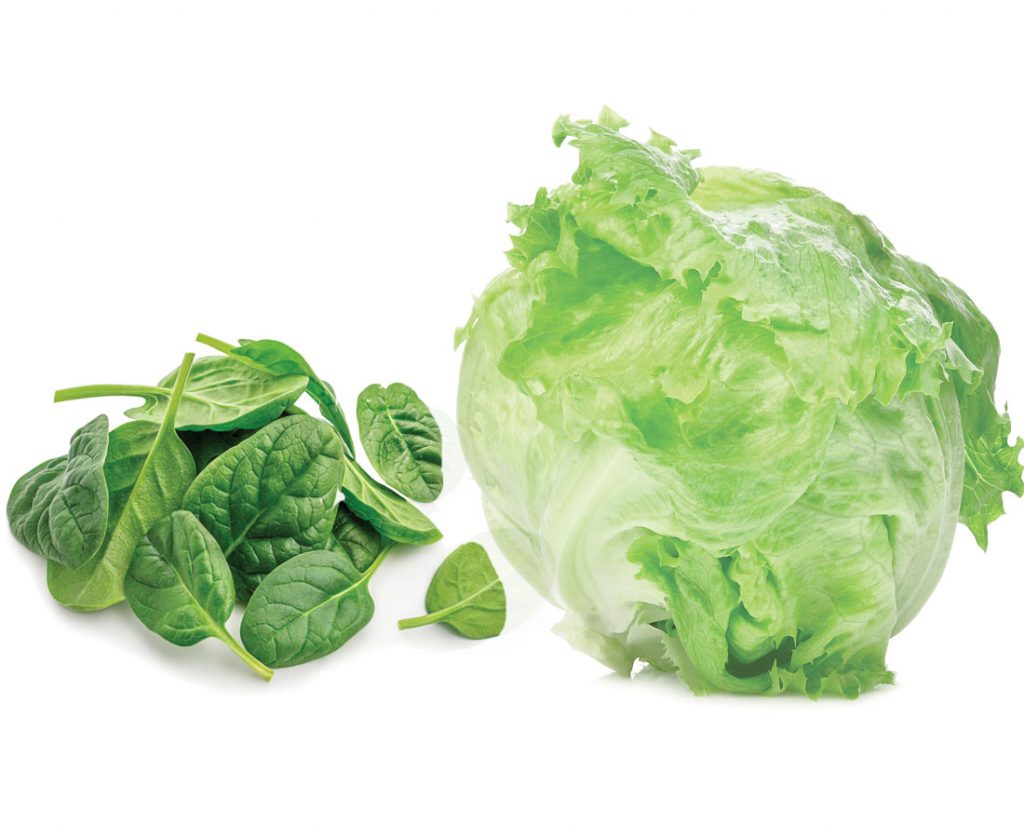
When companion planting lettuce, it is important to consider the spacing requirements of the different plants. Some plants, such as carrots and radishes, need more space than others. It is also important to consider the mature height of the plants. Some plants, such as peas and sunflowers, will grow taller than lettuce and may shade it out.
With a little planning, you can use companion planting to help your lettuce crop thrive. By planting the right companion plants together, you can repel pests, attract beneficial insects, improve the soil quality, and increase your harvest.
Lettuce is a popular garden vegetable that is easy to grow and versatile in the kitchen. But did you know that there are certain plants that can help lettuce thrive? Companion planting is the practice of planting certain plants together to benefit each other. Some of the best companion plants for lettuce include:
- Carrots: Carrots help to deter pests that can damage lettuce, such as aphids and slugs.
- Chives: Chives repel pests and attract beneficial insects, such as ladybugs and hoverflies.
- Cucumbers: Cucumbers help to shade lettuce from the sun, which can help to prevent it from bolting (flowering too early).
- Peas: Peas add nitrogen to the soil, which can benefit lettuce.
- Spinach: Spinach helps to suppress weeds, which can compete with lettuce for nutrients and water.
If you're looking to grow healthy, abundant lettuce, consider companion planting. For more information about companion plants for lettuce, visit Gardenia Inspiration.
FAQ of companion for lettuce
Q: What are some good companion plants for lettuce?
A: There are many good companion plants for lettuce, but some of the most popular include:
- Carrots: Carrots and lettuce are a classic combination. Carrots help to loosen the soil, which benefits lettuce roots, and they also attract beneficial insects that help to control pests.

- Chives: Chives are another good companion plant for lettuce. They help to repel pests like aphids and mosquitoes, and they also add flavor to salads and other dishes.
- Marigolds: Marigolds are a great companion plant for many vegetables, including lettuce. They help to repel pests like nematodes and aphids, and they also improve soil health.

- Nasturtiums: Nasturtiums are another good choice for companion planting with lettuce. They attract beneficial insects like ladybugs and lacewings, which help to control pests. They also deter slugs and snails.
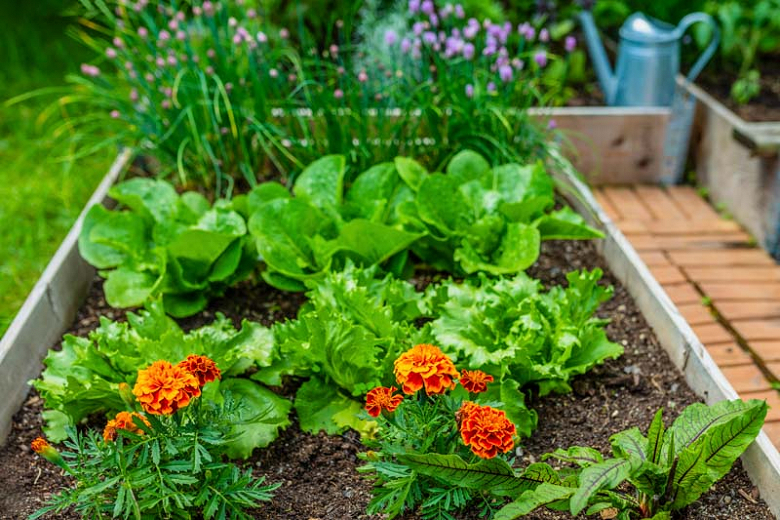
- Potatoes: Potatoes and lettuce can be grown together in the same bed, but they should be planted in alternating rows. This will help to prevent the spread of diseases between the two plants.
Q: What are some bad companion plants for lettuce?
A: Some plants should not be planted near lettuce, as they can compete for nutrients or attract pests. These include:
- Broccoli: Broccoli can release chemicals that inhibit the growth of lettuce.
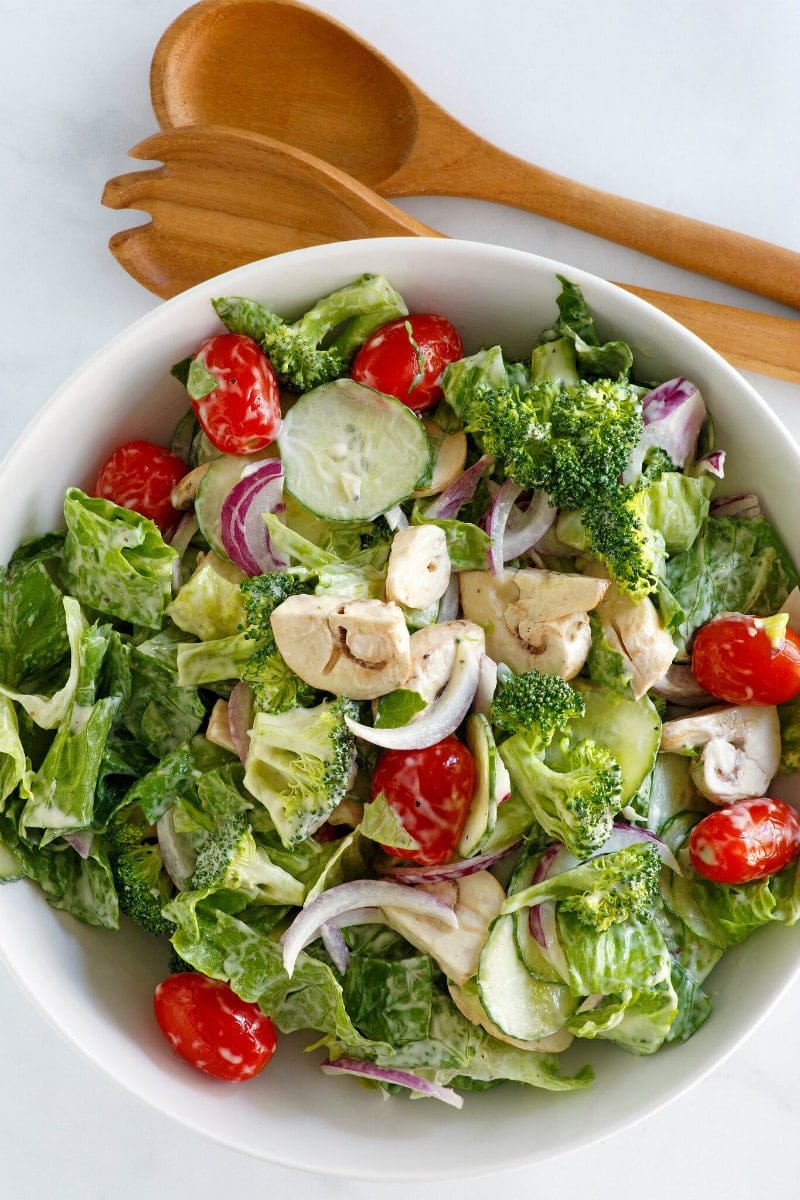
- Cabbage: Cabbage and other members of the cabbage family can attract the same pests as lettuce, so it is best to avoid planting them near each other.
- Peas: Peas can fix nitrogen in the soil, which can lead to nutrient imbalances for lettuce.

- Tomatoes: Tomatoes can attract the same pests as lettuce, and they can also shade out lettuce plants.
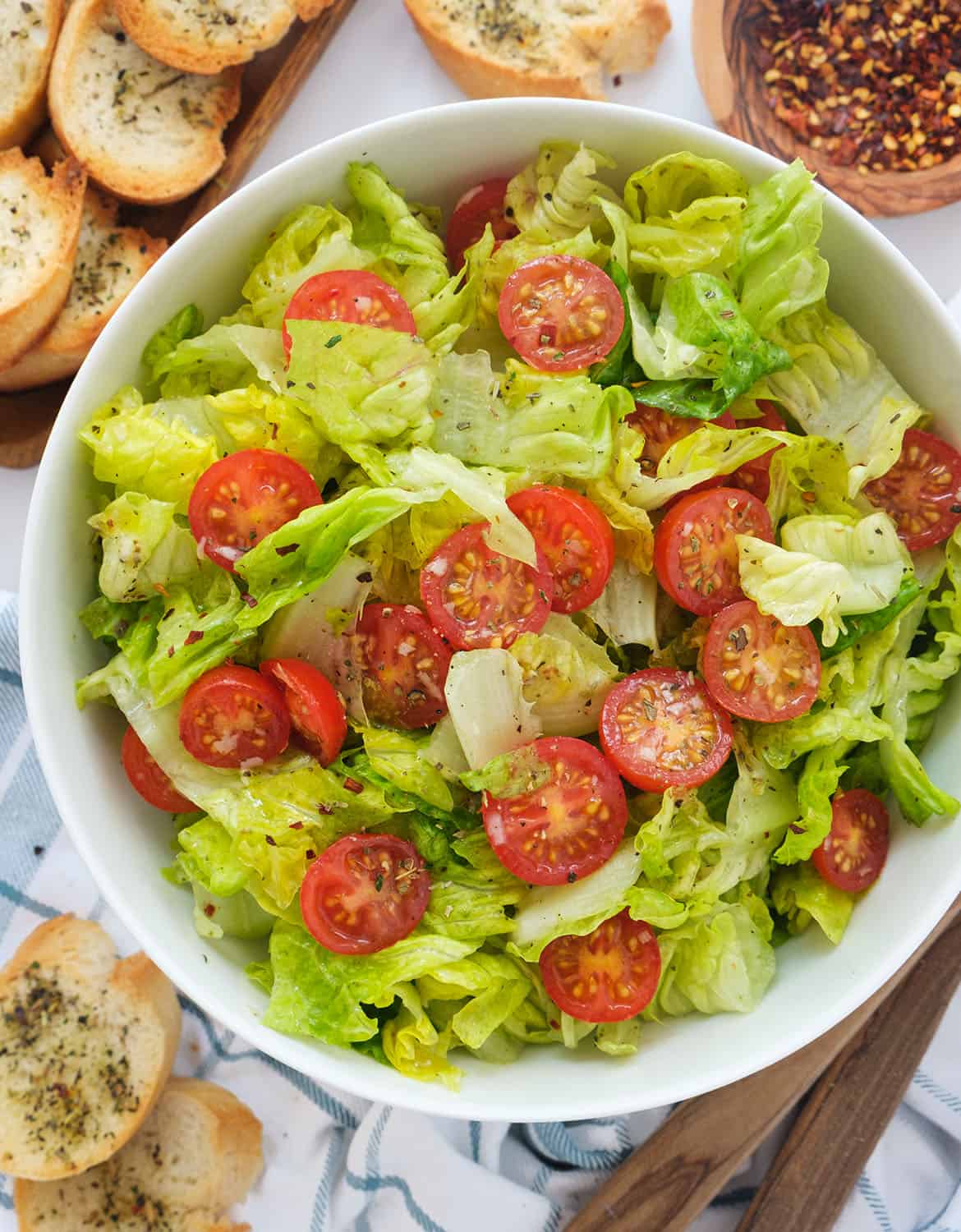
- Turnips: Turnips can release chemicals that inhibit the growth of lettuce.

Q: How do companion plants benefit lettuce?
A: Companion plants can benefit lettuce in a number of ways, including:
- Attracting beneficial insects: Some companion plants attract beneficial insects, such as ladybugs and lacewings, which help to control pests that can damage lettuce plants.
- Improving soil health: Some companion plants can improve soil health by adding nutrients, aerating the soil, or suppressing weeds. This can create a more favorable environment for lettuce plants to grow.
- Distracting pests: Some companion plants can distract pests from lettuce plants. For example, marigolds are known to attract aphids, which can help to keep them away from lettuce plants.
- Shading lettuce: Some companion plants can provide shade for lettuce plants, which can help to protect them from heat stress and pests.
Q: How far apart should companion plants be planted?
The distance between companion plants will vary depending on the specific plants involved. However, as a general rule, companion plants should be spaced at least 12 inches apart. This will give them enough room to grow and thrive without competing with each other for resources.
Q: What are some other tips for companion planting with lettuce?
Here are some other tips for companion planting with lettuce:
- Do your research. Before you plant any companion plants, it is important to do your research and make sure that they are compatible with each other.
- Experiment. There is no one-size-fits-all approach to companion planting. The best way to find out what works for you is to experiment and see what combinations produce the best results.
- Be flexible. The weather, pests, and other factors can all affect the success of companion planting. Be prepared to adjust your plantings as needed.
Image of companion for lettuce
- Carrots: Carrots and lettuce have similar growing requirements and can be planted together to save space in the garden. Carrots help to loosen the soil, which benefits lettuce roots.
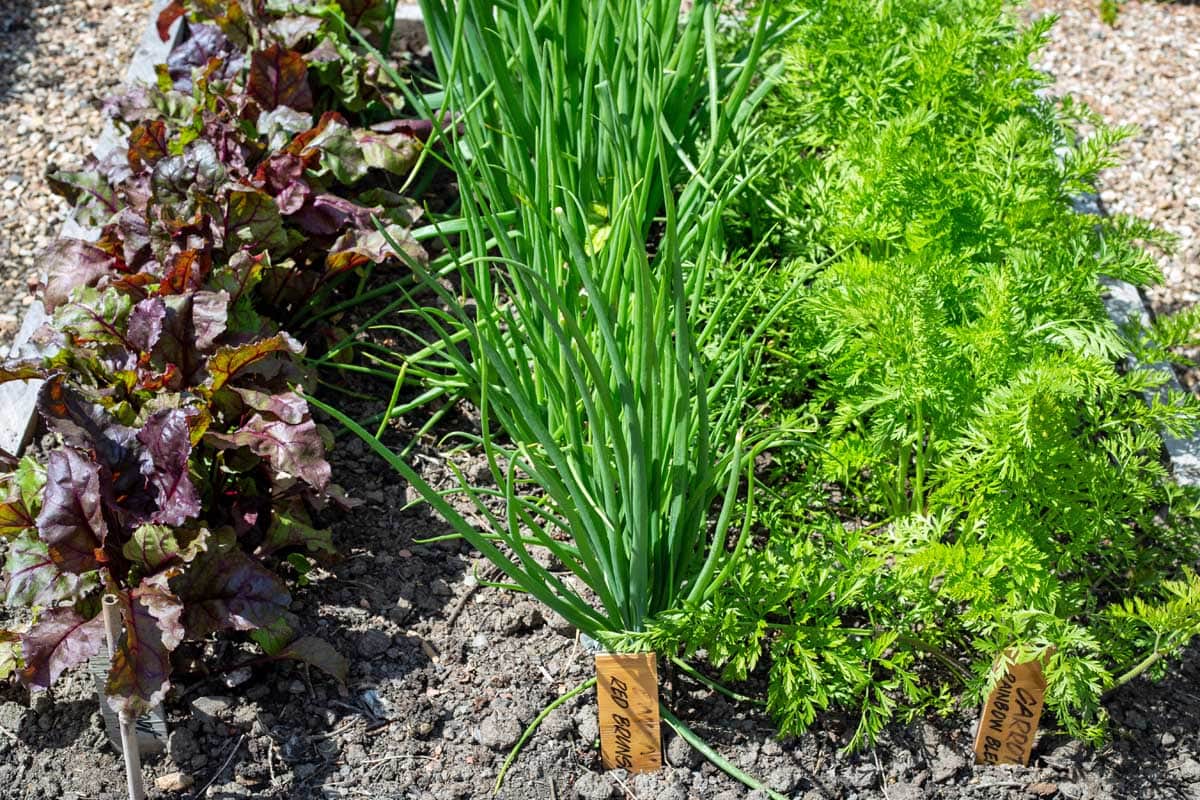
- Peas: Peas are nitrogen-fixing plants, which means they add nitrogen to the soil. This benefits lettuce, which is a nitrogen-hungry plant. Peas also provide shade for lettuce, which can help to protect it from the hot sun.
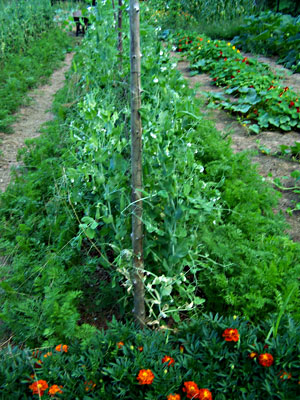
- Herbs: Herbs like chives, cilantro, and dill can help to deter pests from lettuce. They also attract beneficial insects, like ladybugs and lacewings, which help to control pests.

- Asparagus: Asparagus is a tall plant that can provide shade for lettuce. It also helps to improve the soil drainage, which is important for lettuce.
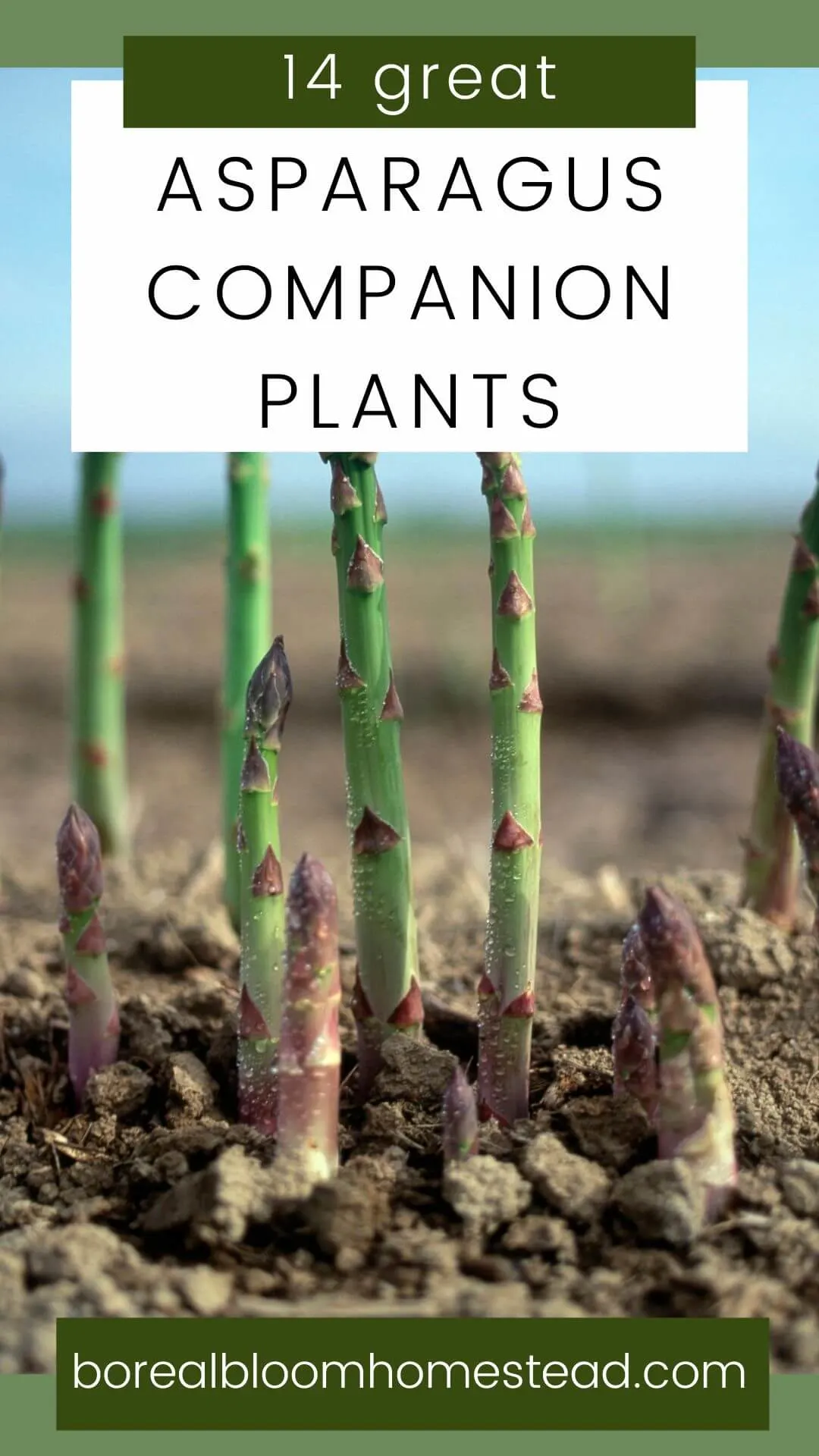
- Calendula: Calendula is a flowering plant that can help to repel pests from lettuce. It also attracts beneficial insects, like hoverflies and parasitic wasps, which help to control pests.

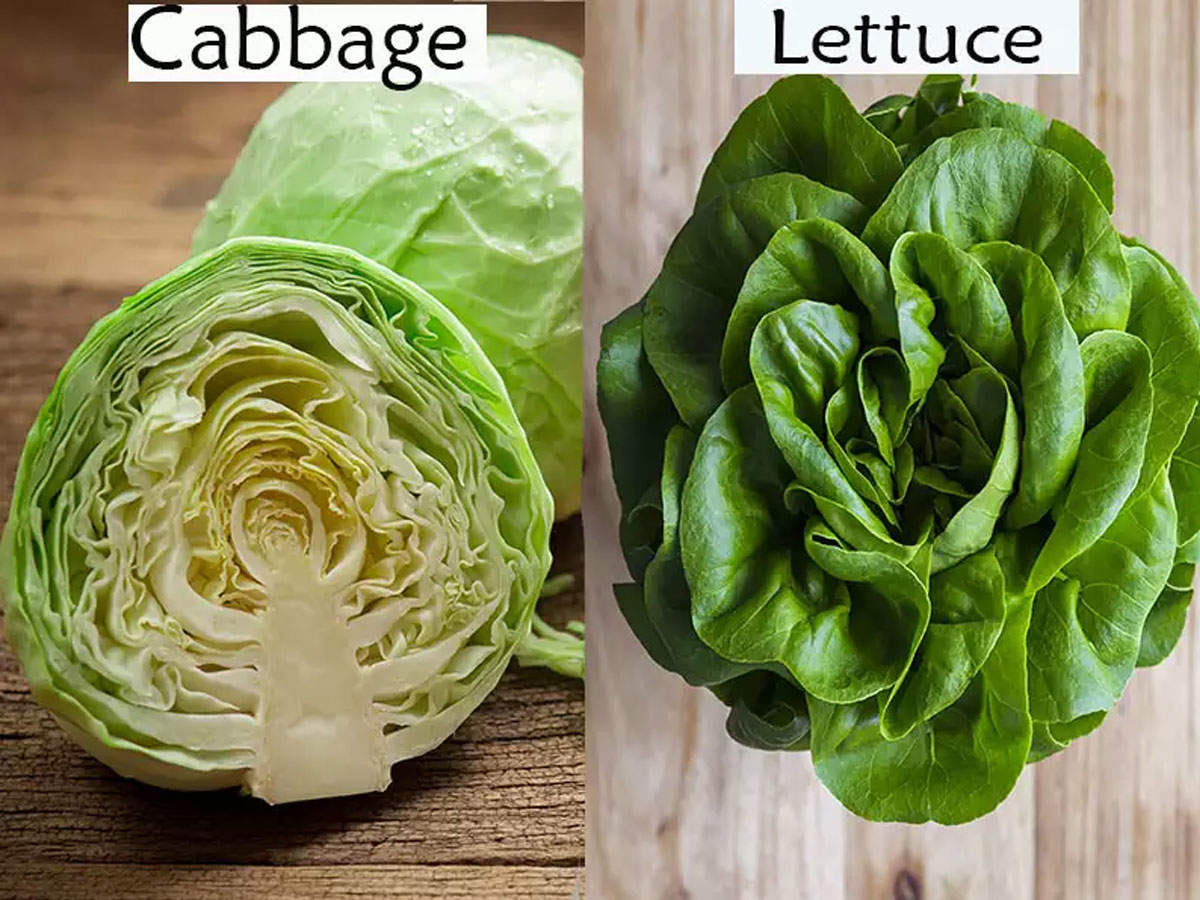
Post a Comment for " Companion Plants For Lettuce That Will Help Your Crop Thrive"